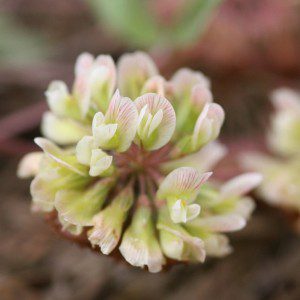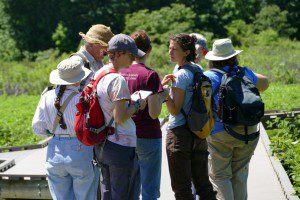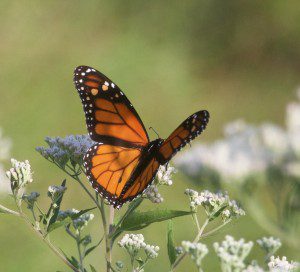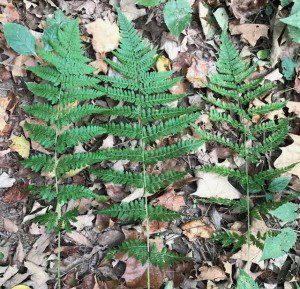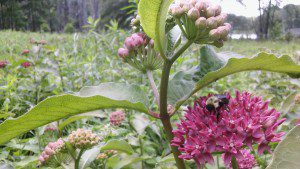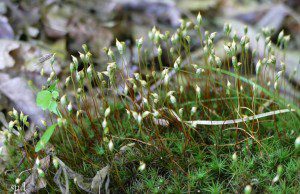Return of the Natives
My daughter, Chrissy, and I had been watching the 200-acre woodlands for months. First the “Land For Sale” sign went up; later the sign was marked “Sold,” then, most ominously, fluorescent orange flagging-tape marked the trees. The lovely wooded site was about to become a shopping center. The year was 2005, and a year…
The Awkward Relationship Between Homo sapiens And Planet Earth
By Jack Carter, Colorado Native Plant Society I, as do so many of you, present lectures and workshops to a wide range of people in which we are encouraging them to become familiar with the local flora, to plant native plants that require less water, to plant and conserve those species that are important to…
Looking Back: VNPS in 2017
Small but mighty, the VNPS rose up with spirit to meet the challenges of 2017. The members of our Society did not sit around eating bonbons and gnashing teeth over discouraging events last year. Well, maybe there was some gnashing of teeth . . . but in the end, dedicated people got out and got…
Finding Fulfillment as a Wildlife Way Station Volunteer
My excitement rose when I first glimpsed the Wildlife Way Station being maintained at the car rest area along I-95 in Dale City. A good-sized plot of land was being cultivated with native plants that were attracting and feeding many of the area’s wild birds and insects — pollinators. Those small flyers have been losing…
Botany Without Boundaries at the Tri-State Conference
The Tri-state Native Plant Society Conference at the National Conservation Training Center was a blast this year. From the venue, to the nightly speakers, to the field trips, everything was incredible, which is why I’d like to first extend my gratitude to all those who contributed and worked so hard to make it happen. This…
A Summer Intern Speaks Out
The listing of the Rusty Patched Bumblebee, (Bombus affinus), on the Endangered Species Act hit me as a surprise. It made me begin to think about bee habitat and how little the public knows about how to help this species. This bumblebee, along with many other pollinators, needs cover for protection throughout the year, but…
Eastern Red Cedar in the Landscape
Though many view Eastern Red Cedars, (Juniperus virginiana), as weeds in abandoned sites, we love the native Cedar for its sturdy evergreen structure in the landscape. In our native plant landscape designs, here at The Natural Garden we use Red Cedars as a dense native hedge or scattered in groups in savanna and meadow plantings. As…
Walk With A Botanical Bunch
Many are the pleasures of a stroll into shady woods or floriferous meadows on a fair summer’s day. Exuberant spring is spent and plants still verdant and youthful now assume attitudes more calm and serene. But when you go out to walk with a Botanical Bunch, you can forget serenity. What you get is a…
Iris and Iridaceae Taxonomy Overview in Flora of Virginia
Worldwide, Iridaceae, the Iris Family comprises 65 genera and approximately 6700-7170 species. The growth forms of this family range from herbs to shrubs with all of our species being herbaceous. The Iris Family or Iridaceae was named by A.L. de Jussieu in 1789. This family was first recognized by John Ray in 1703 as a separate…



